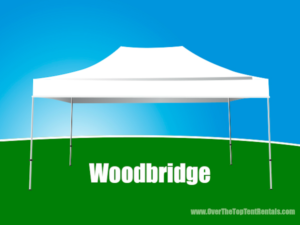While more modest tents might be unattached or connected to the ground, huge teltudlejning tents are typically moored utilizing fellow ropes attached to stakes or tent stakes. First utilized as compact homes by wanderers, tents are currently more regularly utilized for sporting setting up camp and as transitory safe houses.

A sort of tent called a teepee or tipi noted for its cone shape and zenith smoke-opening was in like manner used by Native American families and Aboriginal Canadians of the Plains Indians since out of date events, diversely surveyed from 10,000 years BC to 4,000 BC. Tents an area in size from “bivouac” structures, adequately huge for one person to remain in bed, up to enormous market tents prepared for seating countless people.
Tents for sporting setting up camp fall into two classes :
- Tents expected to be conveyed by hikers are the littlest and lightest sort. Little tents might be adequately light that they can be conveyed for significant distances on a professional bike, a boat, or when exploring. There is a second type that is bigger and heavier, transported in a vehicle or another vehicle.
- Contingent upon tent size and the experience of the individual or individuals included, such tents can ordinarily be gathered (pitched) in the middle of 5 and 25 minutes; dismantling (striking) takes a comparable period of time. Some extremely particular tents have spring-stacked shafts and can be contributed seconds, however take to some degree longer to strike (bring down and pack).
- Over the previous decade, tents have additionally been progressively connected with the vagrancy emergency in the U.S., Canada, and different nations and spots encountering issues with vagrancy. Spots of different vagrants living in tents firmly pitched or plotted close to one another are frequently alluded to as makeshift camps.
History
Tents were utilized essentially as far back as the early Iron Age. They are referred to in the Bible; for example, in Genesis 4:20 Jabal is portrayed as ‘the first to live in a surprisingly long time and raise sheep and goats. The Roman Army used cowhide tents, copies of which have been used successfully by current re-enactors. Various styles were made after some time, some got from standard traveller tents, similar to the yurt.
Most military tents since forever were of a straightforward edge plan
The major innovative development was the utilization of cloth or hemp material for the shade versus cowhide for the Romans. The essential utilization of tents was still to give versatile haven to few men in the field. By World War I bigger plans were being sent in back regions to give haven to help with exercises and supplies. Many tent producers show limits by such expressions as “3 compartment” or “2 individuals”.
These numbers demonstrate the number of individuals the producer thinks can utilize the tent, however, these numbers don’t generally consider any close to home effects, like baggage, inflatable sleeping pads, camp beds, bunks, and so on, nor do they generally take into consideration individuals who are of better than expected stature. Checking the cited sizes of dozing regions uncovers that few producers think about that as a width of 150 cm (4.9 ft) is enough for three individuals — cosy is the usable word.

